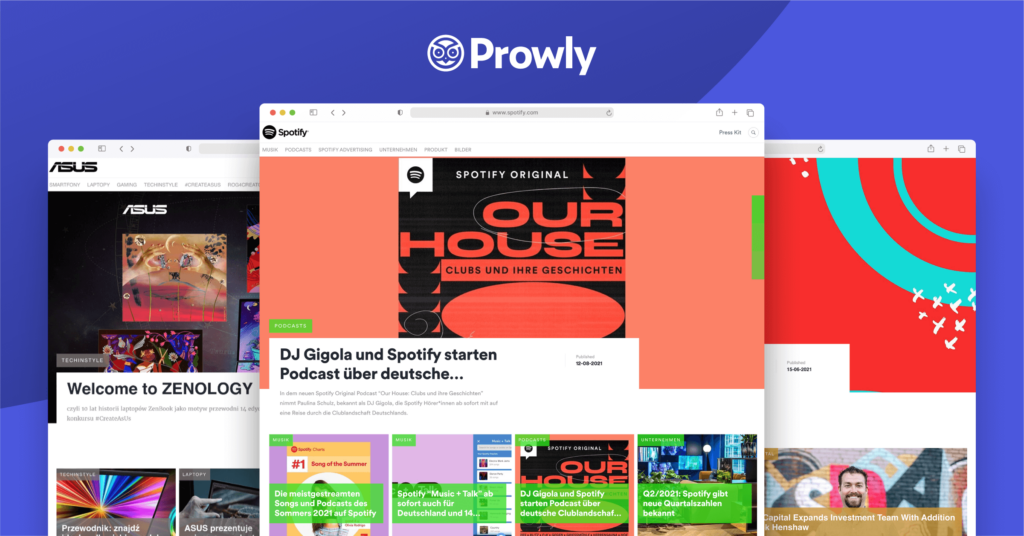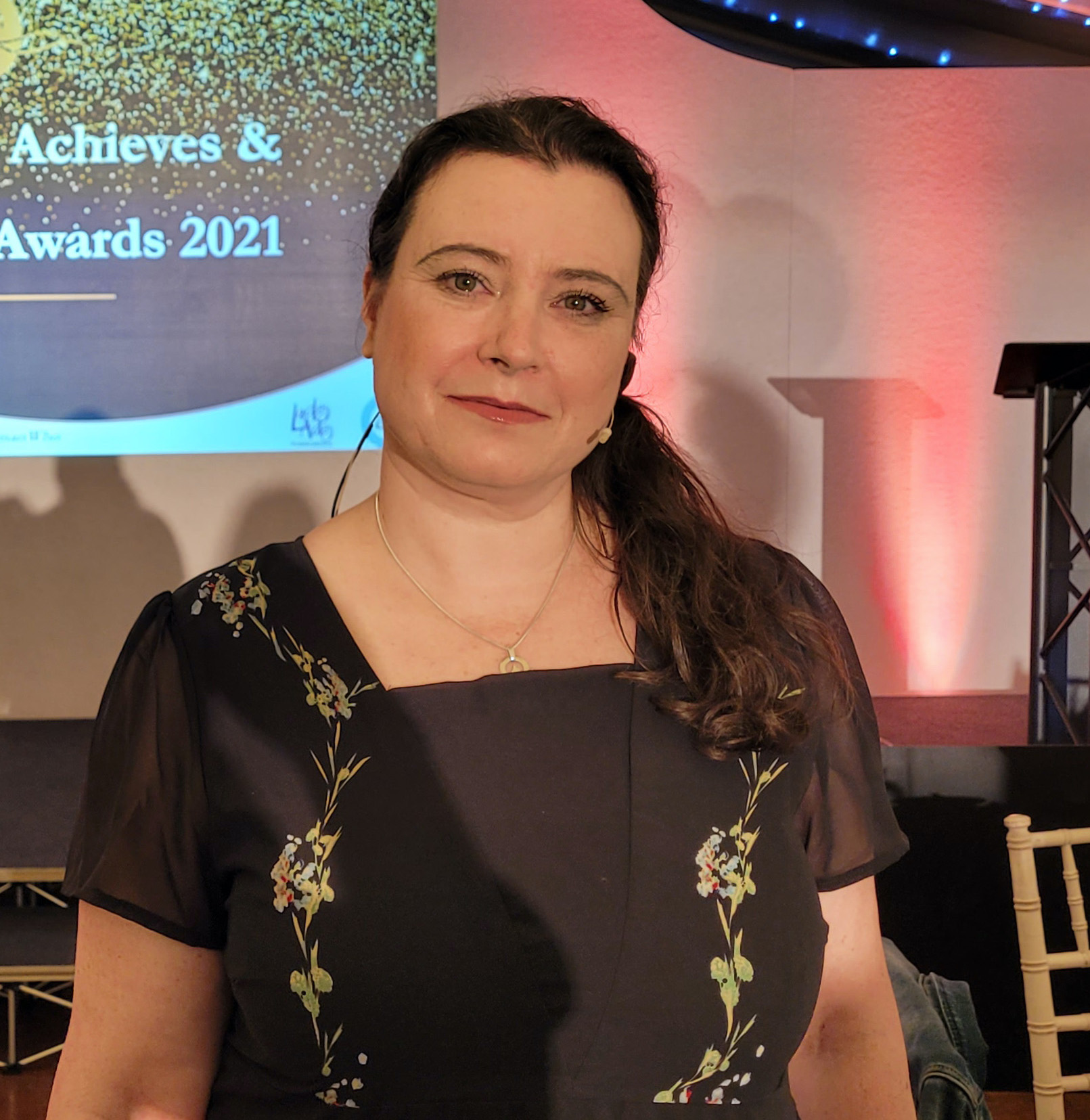The key to public relations is to get yourself the most beneficial media exposure possible. That means knowing where your name needs to be for public consumption — and at what times, places, and forums. You will be considering your acquisition of positive, technically correct, engaging, and fair coverage.
However, do you also think about the effects of the frequency of your publicity? Can it have a detrimental effect? Turns out that there can be such a thing as too much publicity after all.
Here’s what media overexposure means, how to avoid it, and how to take back control of your media presence in case media overexposure happens to you.
- Media overexposure - meaning
- How to avoid media overexposure
- How to take back control of your media presence
What is media overexposure?
“Overexposure” can be described as an excessive amount of media coverage, resulting in the audience losing interest in the message. One rule of thumb is to consider overexposure an exception rather than the rule. However, if overexposure should occur, it may not be as damaging as you think.
Your reputation, embodied by your name, precedes you. It becomes essential when media coverage explodes to assess and evaluate your exposure to regain a sense of control and prevent audience burnout.
Your name is an asset. It's yours to protect. You may need to consider and record any hype around your name, investigate the obtainment of media coverage, benchmark the results of campaigns, get ownership of assets where possible, and find mentions of your name so that you can protect it as exposure begins to escalate.
How to avoid media overexposure
Are you getting prepared to ride the next wave of the press? Investigating and benchmarking current exposure in terms of current KPIs and measuring its impact will help prepare you for the future highs and lows of your publicity.
Outline the stages of your various publicity campaigns. Analyze, control, and measure media coverage across all channels to produce tangible results. At the same time, identify the most suitable opportunities for you to next engage with the media using a range of techniques.
Don't forget to actively seek opportunities based on the connections you have already made and build relationships with the press so as not to burn bridges. You may manage a peak in publicity more naturally by building loyal relationships with your audience, too.
Creating a public persona needs to maximize a strong understanding of your target audience for long-term sustainability. Today's public relations strategies need to involve how audiences receive information and their reactions.
Prevent audience burnout for PR
PR is about long-term goals, which means selecting appearances and interviews to increase your know, like, and trust factor. Offering limited availability instead of attending every opportunity may help you maintain a high level of credibility.
This approach requires cherry-picking interviews and appearance requests for maximum value. The decision of what offers to accept or decline is up to you and your team. You will be more likely to be asked to share your opinion, with the more value you can add. Provide value, and people will continue seeking your expertise.
Make sure your audience perceives you as credible by staying on topic and avoiding giving the impression of overexposure.
Strive to become a thought leader
Media outlets know that their audiences like to see familiar faces, so they strive to provide a proportion of familiarity in their publicity. In this case, the problem with too much "familiarity" or "overexposure" can be predictability or repetitiveness, and audiences will have nothing new to learn.
For this reason, successful public figures decide what areas of expertise are most important to them and focus on those.
Consistency of the message is a powerful strategy for springboarding new ideas. The best message statements are fact-based, engaging, understandable to your audience, and memorable. Positioning yourself as a thought leader in this way can gain you a reputation as an expert in your field.
Thought leaders are highly sought-after experts in their industries, with valued opinions by other professionals and the public. They can set a pace for their industry, inspire innovation, and become role models for others.
Create space for people to digest your message
If you aim to create maximum impact, save yourself from exhaustion, and get the best return on your investment, focus on more specialized media outlets if you feel that you are becoming overexposed by mainstream media outlets.
Avoid negative publicity by creating space for people to digest your message and reach a positive peak before returning for another cycle.
The trick is to know when to stay in the background as part of a structured effort.
Laying low maintains the clarity of your message and coordinated consistency across all channels, including local press and all forms of online media.
How to take back control of your media presence
A crisis has your brand in its grip. What are you going to do?
If you find yourself feeling overexposed, do not overcompensate by making too many public statements about the matter because this will likely further increase the attention paid to your actions. Often, well-crafted information given by a spokesperson will suffice in managing overexposure without further action.
If you have an online newsroom, you should make good use of it in tough moments like these. Publish an official statement and take back control of your media presence - unlike actual media coverage, an online press room is where you completely control the narrative and decide what to make public.

In addition to having prepared quotes available, a professional spokesperson can stick to the message and sound bites when speaking with the media; doing so helps ensure that any negative comments made by others will be offset at least partially by positive comments made by the spokesperson.
When you share messages with your audience and ask them to assess you, it is essential that you have something new to share. When you over-communicate, you ask for targeted criticism from your audience because they will dig deeper into your work if you have nothing further to share with them.
A PR strategy for surviving an overexposure
Many people believe that they can “control” their image by controlling what media they appear in. It’s true that media outlets looking for stories will accept a certain amount of control from contributors, but in the end, the media will do whatever makes them money.
The ability to control the media is best exemplified by staying on message, sticking to a positive and controlled tone, and working to cultivate relationships with journalists.
Once you have gained a large amount of media exposure, minimize your interactions with the media to assess and manage the results. Decide in advance what goals you aim to achieve by pursuing further PR, and what happens next.
Establish your current and intended audience, get comfortable with your message, make it believable, and pick your strategy. Consider every aspect of communicating a message. You can then gain preemptive control over the way future news stories may be framed.
A strong PR strategy will ensure that you’re the first to set the tone of new stories since you have a firsthand understanding of the news and industry dialogue.
Your PR campaign following an unexpected overwhelm of publicity will become a virtual 'blueprint' for any communications and media coverage that follows, including an updated distribution plan for managing relevant media channels, outlets, and publications.
Media exposure can be a complex, delicate matter that requires careful consideration. It is vital to expose your message in the marketplace repeatedly, but not so often that consumers grow tired of seeing it.
Cover photo by Etienne Boulanger

